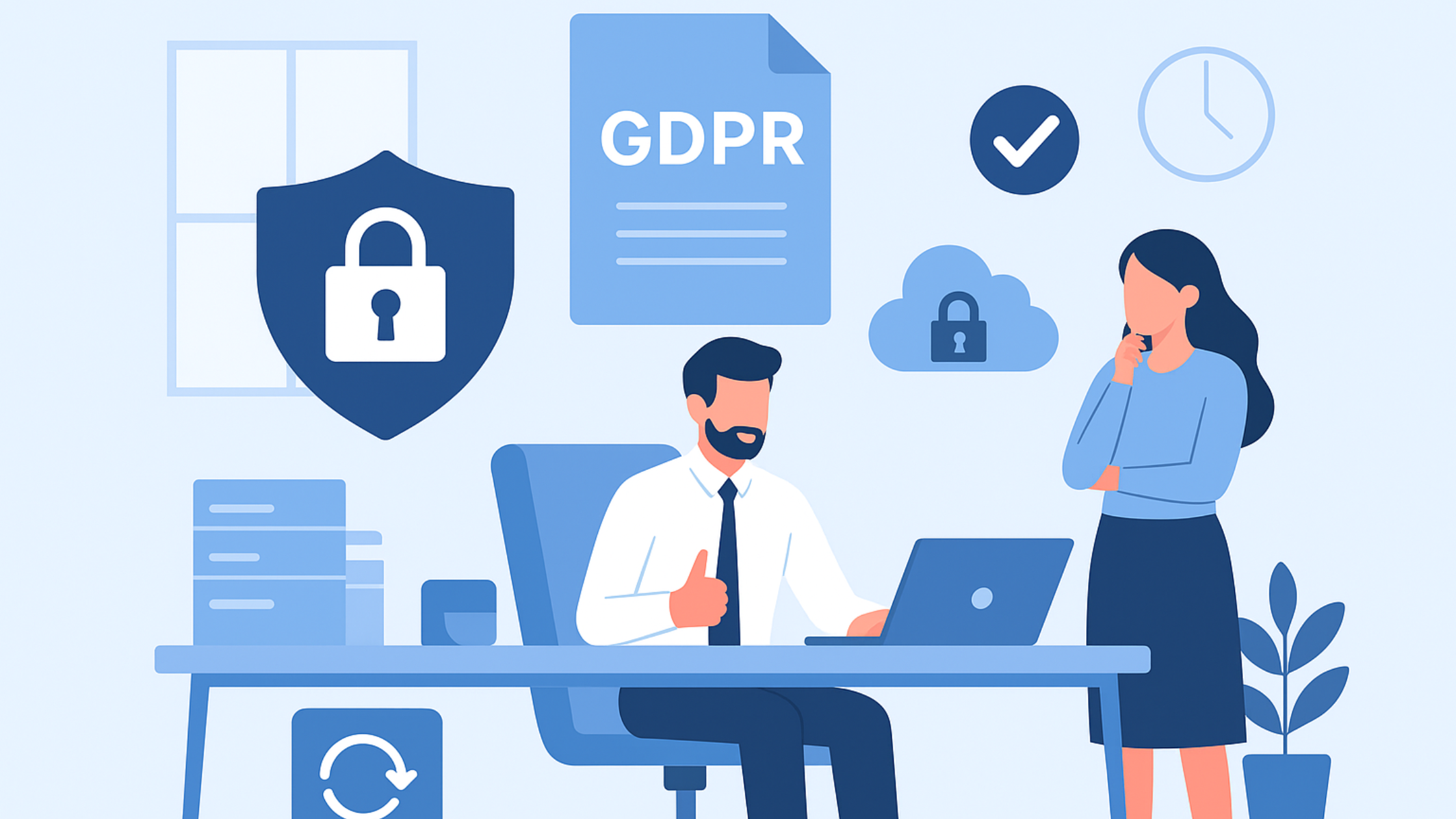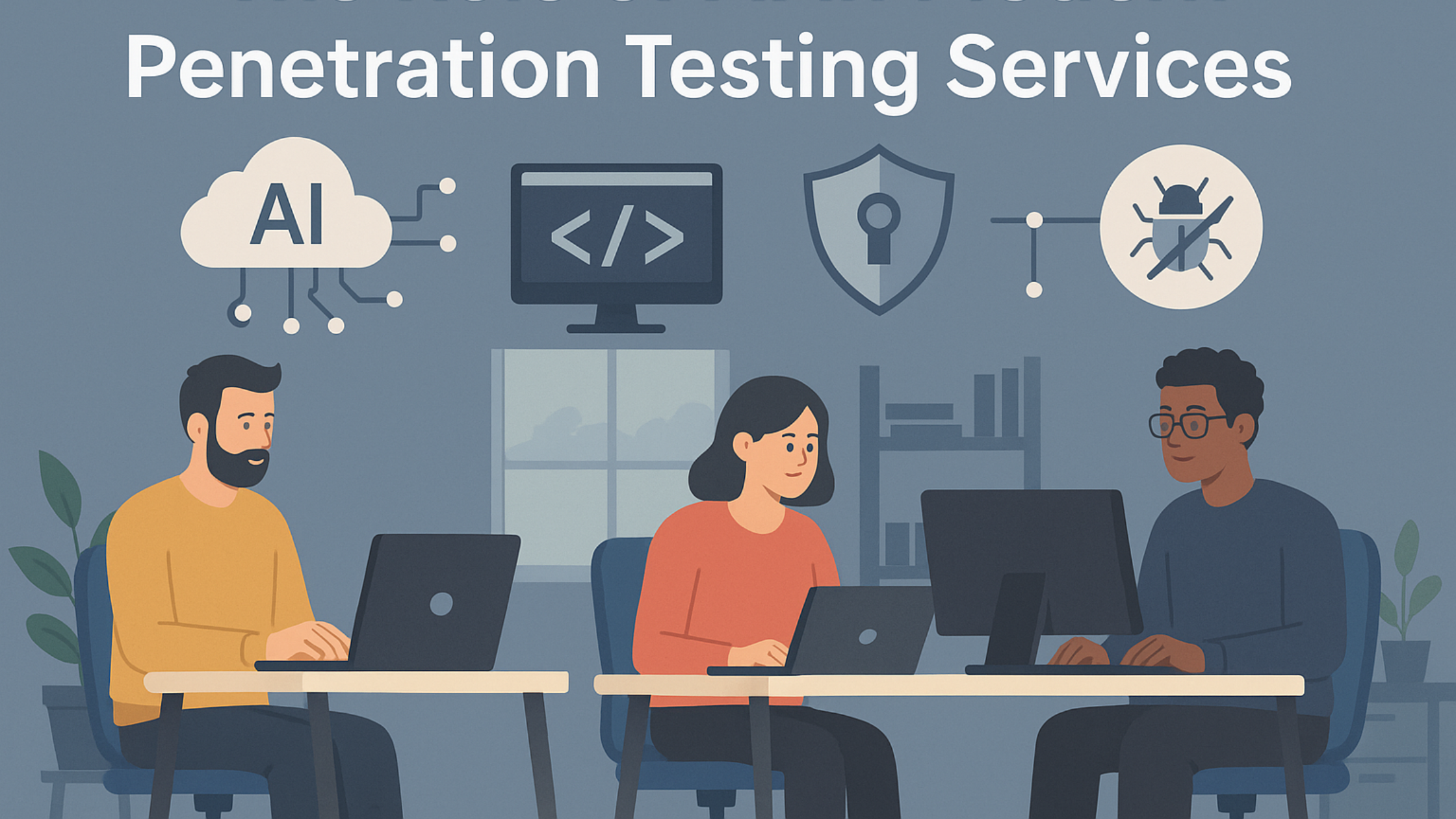How Vulnerability Assessment Services Strengthen Cybersecurity Posture
In today’s digital world, businesses depend heavily on technology, networks, and data-driven systems. However, with this dependence comes the growing threat of cyberattacks. Every organization, regardless of size or industry, faces risks from vulnerabilities—weak points in software, systems, or configurations that attackers can exploit.
This is where Vulnerability Assessment Services play a crucial role. They help organizations detect, analyze, and fix these weaknesses before cybercriminals can take advantage of them. By identifying potential security gaps early, companies can improve their defenses and maintain a strong cybersecurity posture.
What Are Vulnerability Assessment Services?
Vulnerability Assessment Services are systematic processes designed to identify, classify, and prioritize security vulnerabilities across IT infrastructure, applications, and networks. These services provide a detailed overview of the organization’s exposure to cyber threats.
The main goal is to help organizations understand where their security weaknesses exist and how to remediate them before attackers can exploit them.
A vulnerability assessment usually includes:
- Asset discovery – Identifying systems, applications, and devices connected to the network.
- Vulnerability scanning – Using automated tools to detect known security flaws or misconfigurations.
- Risk evaluation – Assessing the severity of each vulnerability and the potential impact on business operations.
- Remediation guidance – Recommending steps to patch or mitigate the identified risks.
Why Vulnerability Assessment Services Are Essential
Cyber threats are becoming more advanced, and new vulnerabilities are discovered every day. Without continuous monitoring, businesses remain unaware of the weak points in their systems until an incident occurs.
Here’s why Vulnerability Assessment Services are essential for modern cybersecurity:
- Early Threat Detection – Identifies weaknesses before attackers exploit them.
- Regulatory Compliance – Helps meet the requirements of frameworks such as ISO 27001, PCI DSS, HIPAA, and GDPR.
- Cost-Effective Risk Management – Fixing vulnerabilities early reduces the cost of breach recovery.
- Continuous Improvement – Regular assessments allow organizations to measure security performance and improve over time.
- Supports Incident Response – Knowing where vulnerabilities exist helps teams respond faster during an attack.
How Vulnerability Assessment Services Strengthen Cybersecurity Posture
Let’s explore how these services build a strong line of defense against evolving threats.
1. Identifying Hidden Weaknesses Across the IT Environment
Many vulnerabilities remain unnoticed within an organization’s systems, especially in large IT environments. Vulnerability Assessment Services use automated tools and expert analysis to scan networks, servers, databases, and cloud environments for known flaws.
These assessments help detect:
- Outdated software and missing patches
- Weak passwords or misconfigured access controls
- Open ports and unnecessary services
- Unsecured APIs and third-party integrations
By revealing these issues early, businesses can patch or reconfigure systems before attackers find them.
2. Prioritizing Risks Based on Severity and Business Impact
Not all vulnerabilities are equally dangerous. Some pose minimal risks, while others can cause major security breaches.
Vulnerability Assessment Services use standardized scoring systems, such as CVSS (Common Vulnerability Scoring System), to prioritize vulnerabilities. This approach ensures that security teams focus on the most critical issues first—those that could significantly impact operations or expose sensitive data.
Prioritization helps allocate resources efficiently and reduces the time needed to address high-risk vulnerabilities.
3. Supporting Continuous Security Monitoring
Cybersecurity is not a one-time effort. Systems change, new software is deployed, and new threats emerge constantly.
By conducting regular assessments—monthly, quarterly, or after significant infrastructure changes—organizations can maintain ongoing visibility into their security posture.
Continuous Vulnerability Assessment Services allow companies to track:
- New vulnerabilities as they emerge
- The effectiveness of previously applied fixes
- Trends in security weaknesses over time
This continuous cycle strengthens overall defense mechanisms and supports a proactive security approach.
4. Enhancing Compliance with Security Standards
Many industry regulations and data protection laws require periodic vulnerability assessments.
For example:
- PCI DSS mandates quarterly vulnerability scans to secure payment card data.
- ISO 27001 includes vulnerability assessment as part of its risk management framework.
- HIPAA requires healthcare organizations to identify and address system weaknesses.
- GDPR emphasizes ongoing monitoring and protection of personal data.
By investing in Vulnerability Assessment Services, organizations not only improve cybersecurity but also ensure compliance with these global standards, avoiding penalties and reputational damage.
5. Preventing Data Breaches and Financial Loss
Cyberattacks can lead to severe consequences—data theft, service outages, financial losses, and loss of customer trust.
Vulnerability assessments act as an early warning system. They identify flaws that hackers might exploit to access sensitive data or disrupt business operations. When organizations proactively fix these vulnerabilities, they reduce the likelihood of a successful attack.
A strong vulnerability management process can:
- Reduce exposure to ransomware attacks
- Minimize unauthorized access attempts
- Protect intellectual property and customer information
Ultimately, it prevents costly breaches and ensures business continuity.
6. Integrating with Penetration Testing and Security Audits
While Vulnerability Assessment Services focus on identifying known weaknesses, penetration testing simulates real-world attacks to test how systems would respond.
When combined, these two services provide a complete view of an organization’s security posture:
- Vulnerability assessments find the weaknesses.
- Penetration tests confirm which vulnerabilities can actually be exploited.
Together, they help organizations strengthen their defense strategy through accurate, actionable insights.
7. Enabling Informed Decision-Making
Cybersecurity is a business decision as much as a technical one. Reports generated by Vulnerability Assessment Services give IT leaders and executives a clear understanding of their security risks.
These reports typically include:
- A list of detected vulnerabilities
- Their severity ratings and potential impact
- Recommended remediation steps
- Progress tracking over time
This data-driven approach allows management to make informed decisions about security investments, risk tolerance, and policy updates.
Best Practices for Implementing Vulnerability Assessment Services
To maximize the benefits, organizations should follow these best practices:
- Conduct Assessments Regularly – Schedule scans periodically or after significant changes to systems.
- Include All Assets – Cover on-premises systems, cloud environments, and IoT devices.
- Integrate with Patch Management – Ensure vulnerabilities are quickly patched or mitigated.
- Use Both Automated and Manual Methods – Combine tools with expert review for accurate results.
- Track and Verify Fixes – Reassess after remediation to confirm vulnerabilities are resolved.
- Train IT Teams – Educate staff on secure configurations and incident handling.
- Document Everything – Maintain records for compliance audits and security improvement tracking.
The Role of Managed Vulnerability Assessment Services
Some organizations choose to outsource their vulnerability assessments to specialized cybersecurity providers.
Managed Vulnerability Assessment Services offer several advantages:
- Continuous monitoring by security experts
- Access to advanced scanning tools and threat intelligence
- Customized reports tailored to organizational needs
- Faster detection and remediation cycles
By partnering with experienced providers, businesses can focus on operations while maintaining strong security oversight.
The Future of Vulnerability Assessment Services
As cyber threats continue to evolve, vulnerability assessment methods are also becoming more advanced. Future trends include:
- AI and Machine Learning Integration – Automating threat prediction and vulnerability detection.
- Cloud-Native Scanning Tools – Securing hybrid and multi-cloud architectures.
- Integration with SIEM and SOAR Systems – Enabling automated threat response.
- Continuous Vulnerability Management – Real-time scanning and remediation tracking.
These innovations ensure that organizations remain one step ahead of emerging cyber risks.
Conclusion
A strong cybersecurity posture begins with awareness—and that starts with knowing where vulnerabilities exist.
Vulnerability Assessment Services provide organizations with the visibility, insights, and action plans needed to detect and fix security weaknesses before they are exploited. By integrating regular assessments into their cybersecurity strategy, businesses can reduce risks, maintain compliance, and safeguard sensitive information.








